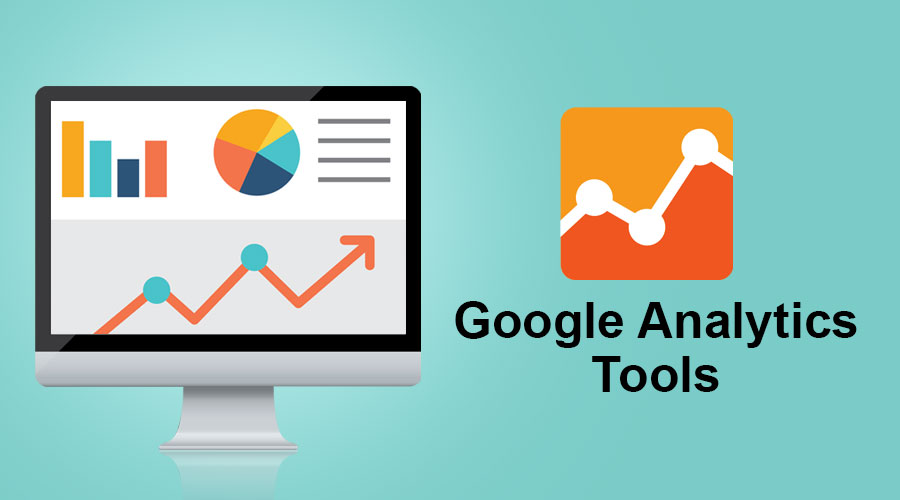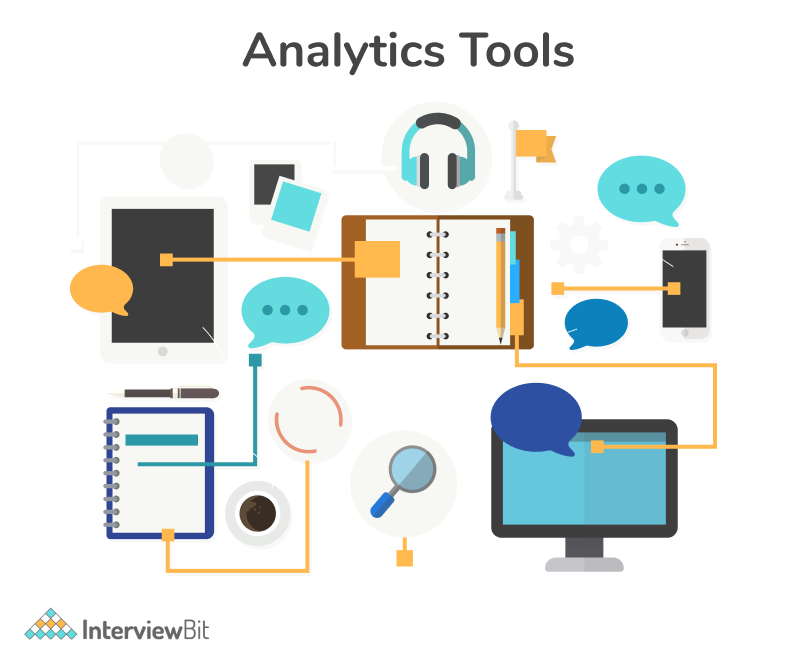Increase Decision-Making Power Through Reliable Analytics Tools
Increase Decision-Making Power Through Reliable Analytics Tools
Blog Article
Boost Effectiveness and Profitability Via Data Analytics
In today's data-driven landscape, organizations are progressively acknowledging the pivotal function of data analytics in improving operational effectiveness and profitability. By systematically analyzing information, companies can uncover critical insights that inform calculated choices, improve procedures, and dressmaker client experiences.
Recognizing Data Analytics
In today's data-driven landscape, comprehending information analytics is important for companies intending to enhance functional performance and drive success. Information analytics entails the methodical computational evaluation of information collections to uncover patterns, connections, and understandings that educate decision-making. By employing different strategies, such as analytical analysis, device discovering, and predictive modeling, companies can transform raw data into workable intelligence.
The process normally starts with information collection, where relevant info is gathered from several sources, consisting of transactional data sources, client communications, and market fads. This information is after that cleansed and arranged to ensure accuracy and consistency. Once the data is prepared, analytical tools and software are utilized to explore and imagine the info, allowing stakeholders to identify trends and anomalies.
Eventually, comprehending data analytics empowers organizations to make enlightened decisions based on empirical proof instead of instinct. It facilitates targeted techniques that can maximize resource appropriation, boost consumer satisfaction, and boost total performance. As businesses increasingly identify the value of data-driven understandings, a strong grasp of information analytics comes to be an essential proficiency for teams and leaders alike, placing them for sustained success in a competitive setting.

Trick Benefits for Organizations
Companies that leverage data analytics can open a wide variety of advantages that substantially enhance their procedures and profitability. Among the key advantages is improved decision-making. Data analytics gives actionable insights stemmed from real-time data, enabling businesses to make educated options that line up with market needs and consumer preferences.

Furthermore, information analytics cultivates boosted customer experiences. By understanding customer behaviors and preferences, businesses can tailor their offerings, leading to enhanced complete satisfaction and loyalty. This customized technique commonly causes greater conversion prices and repeat service.
Moreover, data analytics allows companies to determine emerging trends and possibilities. By staying ahead of the contour, companies can take advantage of new markets and technologies before their rivals.
Implementing Data-Driven Techniques
Successful execution of data-driven methods needs an extensive understanding of both readily available information and organizational objectives resources. Organizations needs to initially define their objectives plainly, making certain positioning between information efforts and tactical aims. This clearness enables groups to concentrate on relevant metrics and understandings that drive decision-making.
Next, organizations must assess their existing information infrastructure. This entails examining data high quality, ease of access, and assimilation abilities. High-quality information is important for exact analysis, as bad data can cause misguided methods and wasted sources. Organizations must establish procedures for information collection, cleansing, and administration to maintain data integrity.
Moreover, fostering a data-driven culture is crucial. Workers in any way levels need to be encouraged to utilize information in their day-to-day procedures. Training workshops and programs can boost data literacy, empowering team to make enlightened choices based upon analytical insights.
Tools and Technologies Summary
A durable collection of innovations and tools is vital click for more info for companies intending to harness the full capacity of data analytics. These devices assist in the collection, processing, and visualization of data, allowing organizations to derive workable understandings.
At the fundamental level, data monitoring systems such as SQL databases and NoSQL systems supply effective information storage and access capabilities. For information handling and evaluation, programming languages like Python and R, in addition to frameworks such as Apache Glow, enable complicated calculations and maker discovering applications.
Visualization tools, consisting of Tableau and Power BI, change raw information into instinctive graphical formats, making understandings available to stakeholders in all levels. Furthermore, cloud-based systems like Google Cloud and AWS offer scalable storage and handling options, fitting the growing volumes of data companies encounter.
For sophisticated analytics, predictive modeling and AI-driven services are increasingly adopted, enabling business to forecast patterns and improve decision-making processes. Incorporating these devices into existing workflows is critical; organizations that effectively take advantage of this technology can significantly enhance functional performance and drive success. Therefore, purchasing the right tools and modern technologies is a strategic imperative for any data-driven company.
Case Studies of Success
Leveraging information analytics has led countless companies to attain amazing renovations in performance and productivity. One notable situation is a large retail chain that carried out anticipating analytics to optimize supply management. By evaluating historic sales data and consumer fads, the firm decreased excess supply by 30%, causing considerable expense savings and enhanced capital.
One more example can be found in the manufacturing market, where a leading automobile manufacturer made use of data analytics to improve its production procedures. By keeping an eye on maker efficiency in real-time, the click for more info organization identified inefficiencies and traffic jams, causing a 20% increase in total equipment performance (OEE) This not only enhanced manufacturing prices yet likewise reduced downtime and maintenance costs.

These study illustrate just how information analytics can drive calculated decision-making, optimize procedures, and eventually boost both performance and earnings across different industries.
Conclusion
In verdict, the assimilation of data analytics into service operations provides considerable chances for boosting effectiveness and success. By systematically analyzing data, companies can identify inadequacies, maximize client experiences, and make informed decisions.
In today's data-driven landscape, recognizing information analytics is essential for organizations aiming to improve operational efficiency and drive profitability. Information analytics involves the systematic computational evaluation of information collections to reveal patterns, correlations, and insights that inform decision-making. Data analytics provides workable insights derived from real-time data, permitting services to make enlightened selections that align with market needs and customer preferences.
Premium data is essential for exact analysis, as poor information can lead to illinformed approaches and lost sources. Organizations needs to develop processes for information collection, cleansing, and management to maintain data integrity.
Report this page